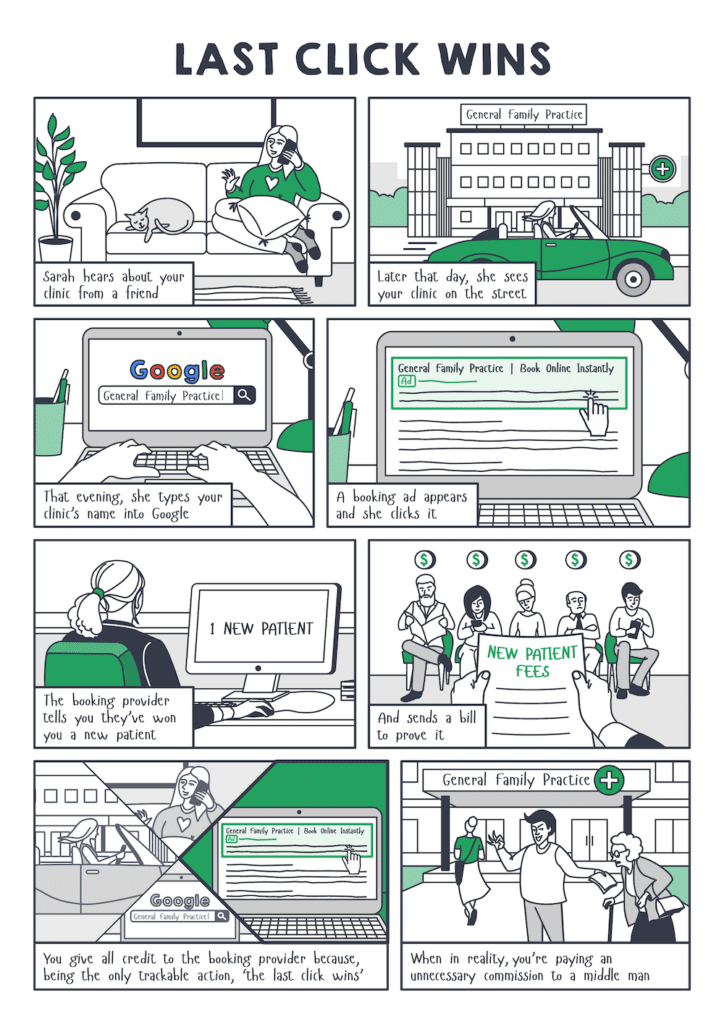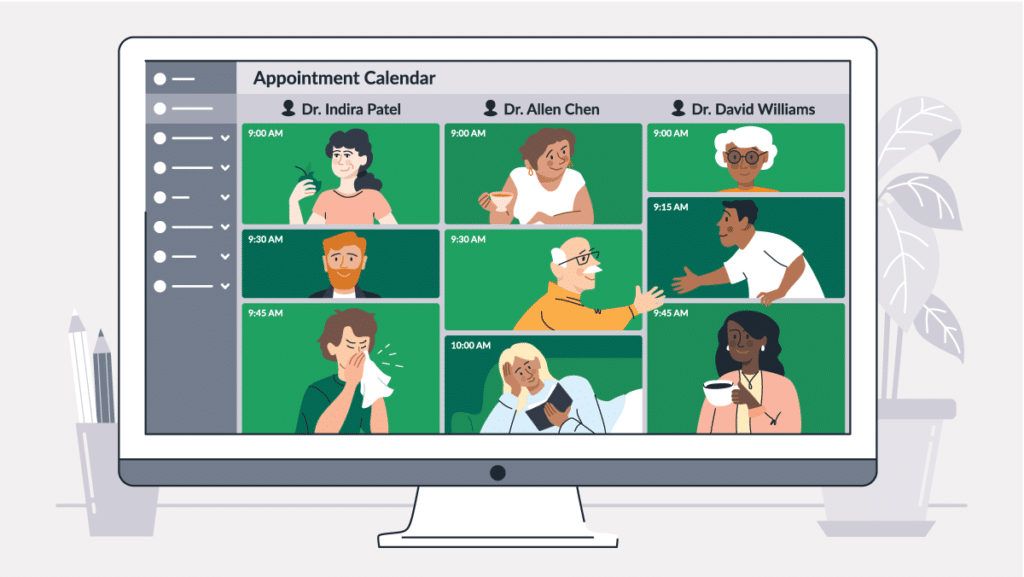
Let’s imagine you’re hosting a dinner party. You have 10 guests coming over. Nine of whom you have been friends with for some time and one who is someone you’ve never met before. Let’s assume this new guest has been invited by one of your existing friends. As the chef, you cook 10 steaks for your guests. When the guests sit down to eat, you begin serving.
First you serve one steak to your new guest. Why not? You’re being polite – making them feel welcome. But then you give them a second serving, then a third, fourth, fifth, sixth, seventh, eighth, ninth. When you get to the last steak, you cut it into ninths and give a little to each of your friends. So one guest – the new guest – has 9 steaks on their plate and the rest of your guests have barely a bite-sized piece.
This is a ludicrous analogy. And guaranteed, if you did this, everyone at the table would make that very clear. Yet, as business owners this is a very common thing to do. We give 90% of our attention to the new.
In general practice this means ‘new patients’. We dedicate 90% of our attention and marketing budget to acquiring ‘new patients’. And, yet ‘new patients’ make up just 9%^ of appointments.
The true value of ‘new patients’

If you really want to find out if this is happening at your clinic, start asking new patients how they first heard about you. Not how they booked with you, but how they heard about you.
The good news
This is actually great news, because it shows clinics they have a lot more power than they often think. It shows they can stand on their own two feet without being at the mercy to costly marketplaces. And, it shows the thing they care about most – providing the best possible patient experience – is actually the key to not only winning more new patients, but actually filling their appointment book.
After all, focusing on providing the best possible patient experience (which drives positive word-of-mouth and keeps existing patients engaged) is one strategy that achieves two outcomes: more return visits and more new patients.
Don’t be lured by the shiny
We’ll always be drawn in by the new. It’s a strange fascination of ours. “Our brain and our mind assigns value to this [new] knowledge,” explains Mario Livio, an astrophysicist and curiosity researcher, “so this is usually experienced as a pleasurable thing, with an anticipation of reward in the form of what we learn.”
This spark of pleasure and delight is what makes curiosity gap headlines like ‘5 things you thought you knew about Bradley Cooper that are totally wrong’ so irresistible.
And, it’s not just our personal fascination with the new that makes the new so alluring. It’s the value we place on celebrating the new together. We congratulate one another when we land a ‘new job’. We throw a housewarming party when we find a ‘new place’. We even call it the honeymoon period when we saddle up with a ‘new love’.
“I’m getting a lot of new patients!” It’s an attractive thing to say. But not when it’s a greater cost, a poorer patient experience, and less appointments.
^ Source https://practices.healthengine.com.au/
Let’s throw away our obsession with the new just for a moment and remember why we actually want new patients in the first place.
It’s not for the sake of seeing new faces. Although that can be nice. It’s for the sake of filling your appointment book with patients who most need help with their health.
So, the goal is to fill your doctors schedules.
That might mean getting in new patients. But it also might mean getting existing patients in more often. Realistically, it’s probably a blend of the two.
But before we make a strategy on which patients we should target and how much effort we should apply, let’s get clear on the difference between new patients and existing patients.




